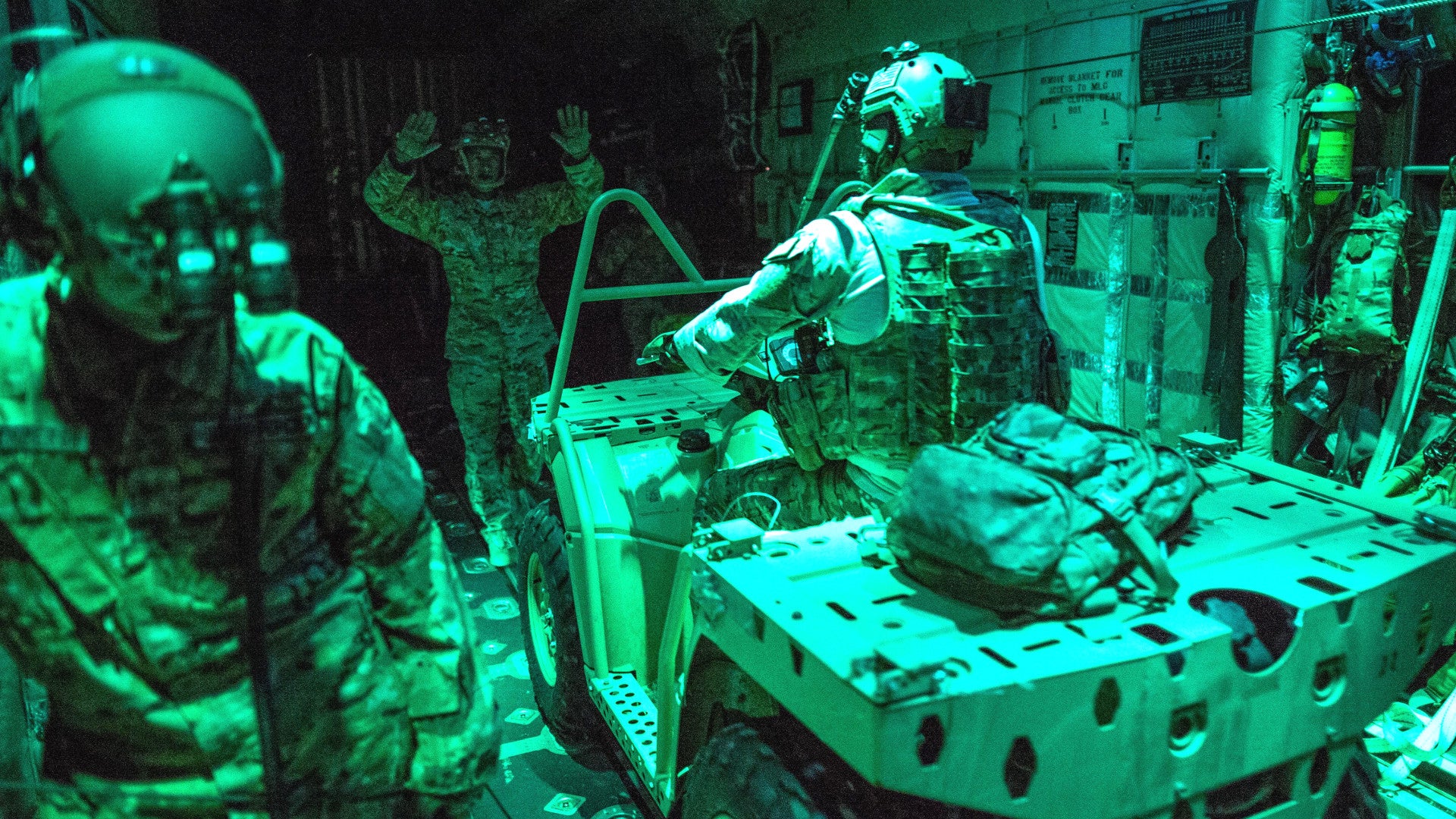A team of Navy SEALs and FBI agents has quietly captured a second suspect, Mustafa Al Imam, in connection with the infamous attack on the U.S. consulate in Benghazi, Libya in 2012. While little is known about the raid so far, it could have been part of a little known group of counter-terrorism operations across Africa and it was undoubtedly the result of persistent surveillance from a shadowy collection of intelligence gathering aircraft that have been flying over the country for years now.
On Oct. 30, 2017, the U.S. government confirmed that it had launched a mission in an undisclosed location in Libya to apprehend Mustafa Al Imam in connection with the Benghazi incident. At that time, the U.S. Justice Department said that American authorities were transporting Al Imam, a Libyan national who it said was approximately 46 years old, back to the United States to stand trial.
“To the families of these fallen heroes: I want you to know that your loved ones are not forgotten, and they will never be forgotten,” U.S. President Donald Trump said in a statement on Oct. 30, 2017. “Our memory is deep and our reach is long, and we will not rest in our efforts to find and bring the perpetrators of the heinous attacks in Benghazi to justice.”
There is little information available about Al Imam, who U.S. officials have so far charged with killing an individual with a firearm or other deadly weapon during an attack on a federal government facility or conspiring to do the same, providing or otherwise attempted to providing material support to terrorists, and “discharging, brandishing, using, carrying and possession of a firearm during and in relation to a crime of violence.”
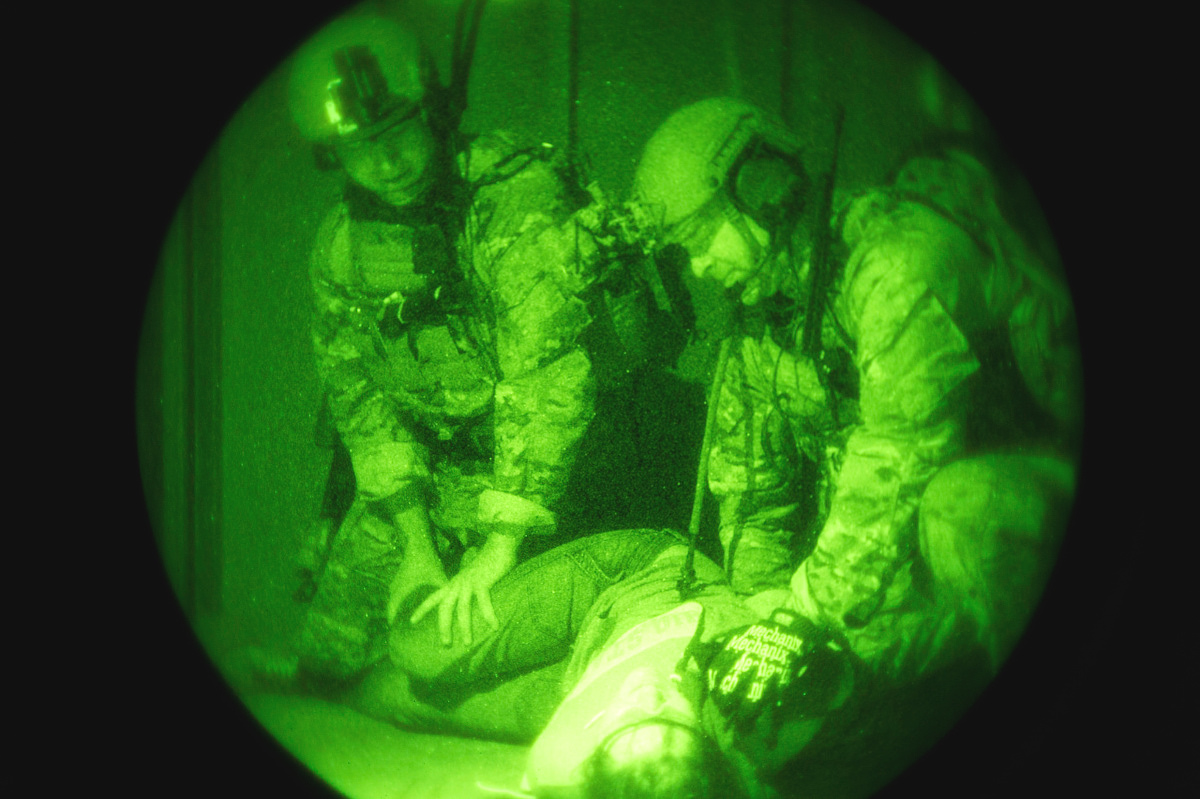
According to the Justice Department, those charges have been on file since May 19, 2015, but have been under seal since then. It is likely that the charges could change and that the total number will grow before Al Imam finally appears in a courtroom.
The Libyan is the second person the U.S. government has acknowledged detaining in relation to the Benghazi attack. On the night of June 14-15, 2014, another raid led to the capture of Abu Khattala, who American authorities have accused of masterminding the attack.
His trial began on Oct. 2, 2017 in Washington, D.C. It is possible Al Imam’s name and connection to the attack came up during pre-trial questioning or was found among materials special operators seized when they detained Khattala.
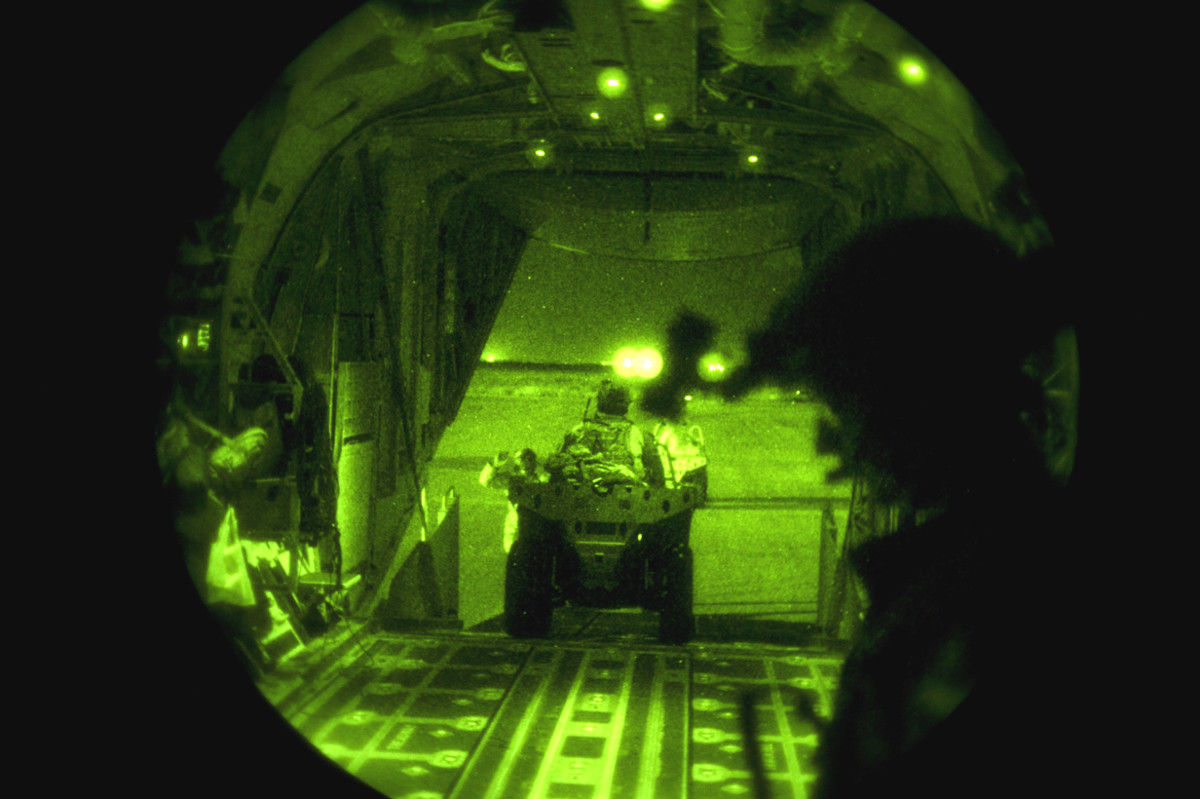
The attack on the consulate in Benghazi on Sept. 11, 2012, which led to the deaths of U.S. Ambassador to Libya Christopher Stevens, as well as three CIA contractors – Glen Doherty, Sean Smith, and Tyrone Woods – continues to provoke emotional reactions. Both the State Department and the Pentagon did a significant amount of soul searching afterwards, leading to major changes in security protocols and the establishment of numerous rapid reaction forces around the world.
An ambush of American special operations forces in Niger earlier in October 2017 has drawn comparisons to the incident, but the circumstances are almost entirely different. We have already written detailed explainers about the U.S. military presence in North and West Africa, which you can find here, as well as the circumstances that contributed to that particular event, here.
There are also few details about the mission to capture Al Imam itself, such as how the American force infiltrated into Libya, or how it subsequently extracted the suspect. President Trump’s statement spoke to the involvement of the U.S. military, the Intelligence Community, law enforcement officials, and federal prosecutors in the effort.
Members of the elite U.S. Naval Special Warfare Development Group, better known as SEAL Team Six, along with individuals from the Federal Bureau of Investigation’s Hostage Rescue Team, conducted the actual raid, according to The New York Times. The secretive Joint Special Operations Command (JSOC) oversaw the overall operation, which had been in the works for months. A similar inter-agency effort was responsible for bringing Khattala to justice.
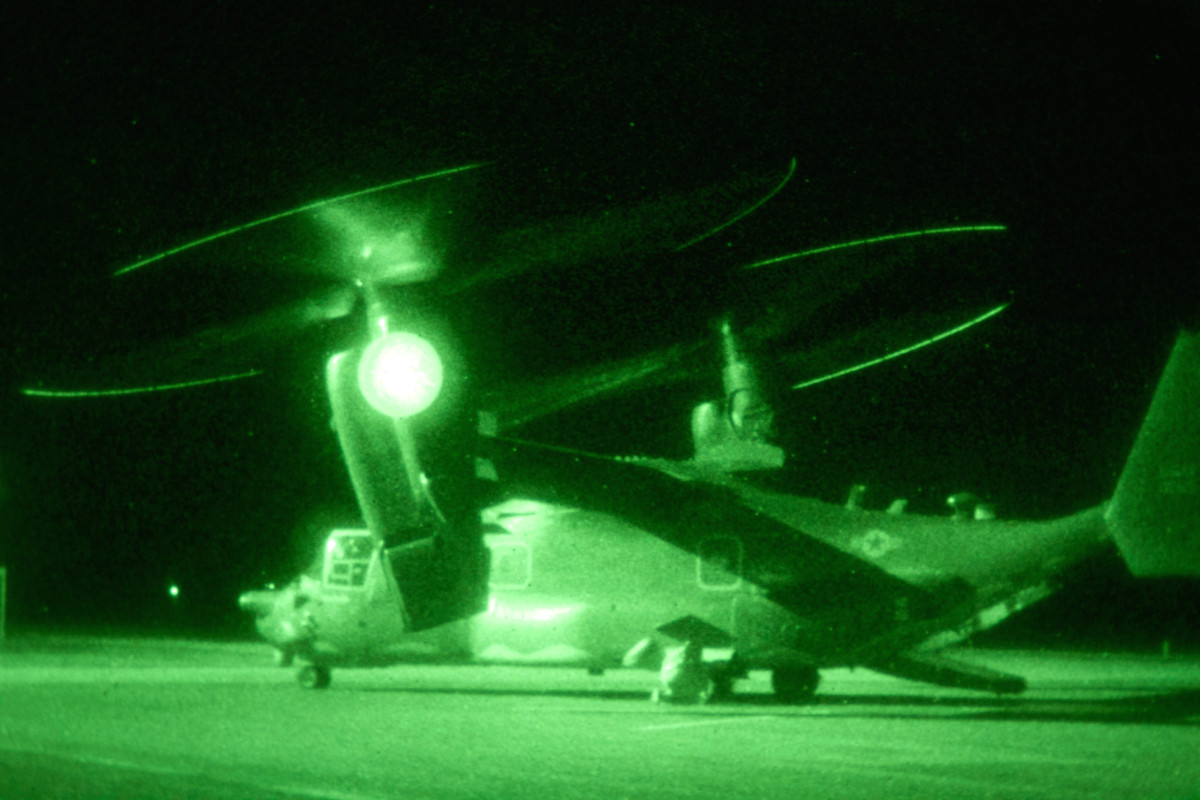
On the campaign trail, then candidate Trump had pledged to fill the controversial U.S. military detention facility in Guantanamo Bay, Cuba with “bad dudes.” By all accounts, however, like Khattala, Al Imam looks set to face a civilian jury.
Before and after his election victory, though, he also made it clear that he favored increased military action against terrorists worldwide. Since formally taking office in January 2017, the president has approved controversial special operations raids in Yemen
However, JSOC is widely understood to have been coordinating the hunt for so-called high-value targets all over the world, including in various parts of Africa, for years already. A team assigned to the shadowy command was reportedly nearby when the ambush in Niger occurred, as part of operation nicknamed Obsidian Nomad, a separate report from The Times noted.
The U.S. military as a whole often groups together similar operations using nicknames with common so-called first and second words. As of February 2015, U.S. Special Operations Command was conducting four “Obsidian” missions – Obsidian Cobra, Obsidian Lotus, Obsidian Mosaic, and Obsidian Tower – according to a statement the author previously obtained via the Freedom of Information Act.
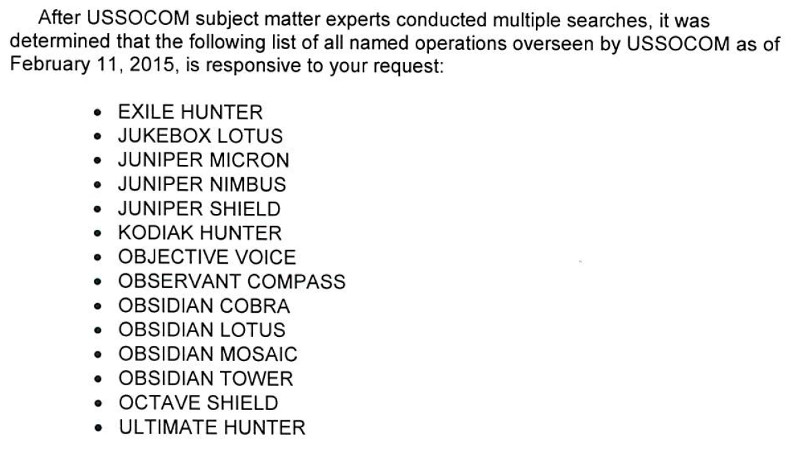
Two of these missions, Obsidian Cobra and Obsidian Tower appeared in Pentagon accounting documentation starting in 2014. The latest version of the Defense Finance and Accounting Service (DFAS) manual says those two accounts are still active, but now lists them as linked to Special Operations Command Africa, which oversees U.S. military special operations activities across the continent.


“Lotus” is also second word associated with operations in Libya, including the conventional military response to the Benghazi incident, Operation Jukebox Lotus, and a mission to aid the State Department in evacuating its embassy in Tripoli in 2014, Operation Oaken Lotus. Of course, it is just as likely that these four operations are entirely unrelated to the capture of either Khattala or Al Imam.
What does seem clear is that a shadowy armada of U.S. military intelligence, surveillance, and reconnaissance aircraft and drones, and contractors flying missions on America’s behalf, has been zipping around Libya since 2012, likely searching for individuals related to the Benghazi attack. In the run up to the capture of Khattala, four MQ-8B Fire Scout drone helicopters flying from the Oliver Hazard Perry-class frigate USS Elrod, flew more than 500 hours over an undisclosed portion of Africa, according to an official history the author previously received via FOIA.
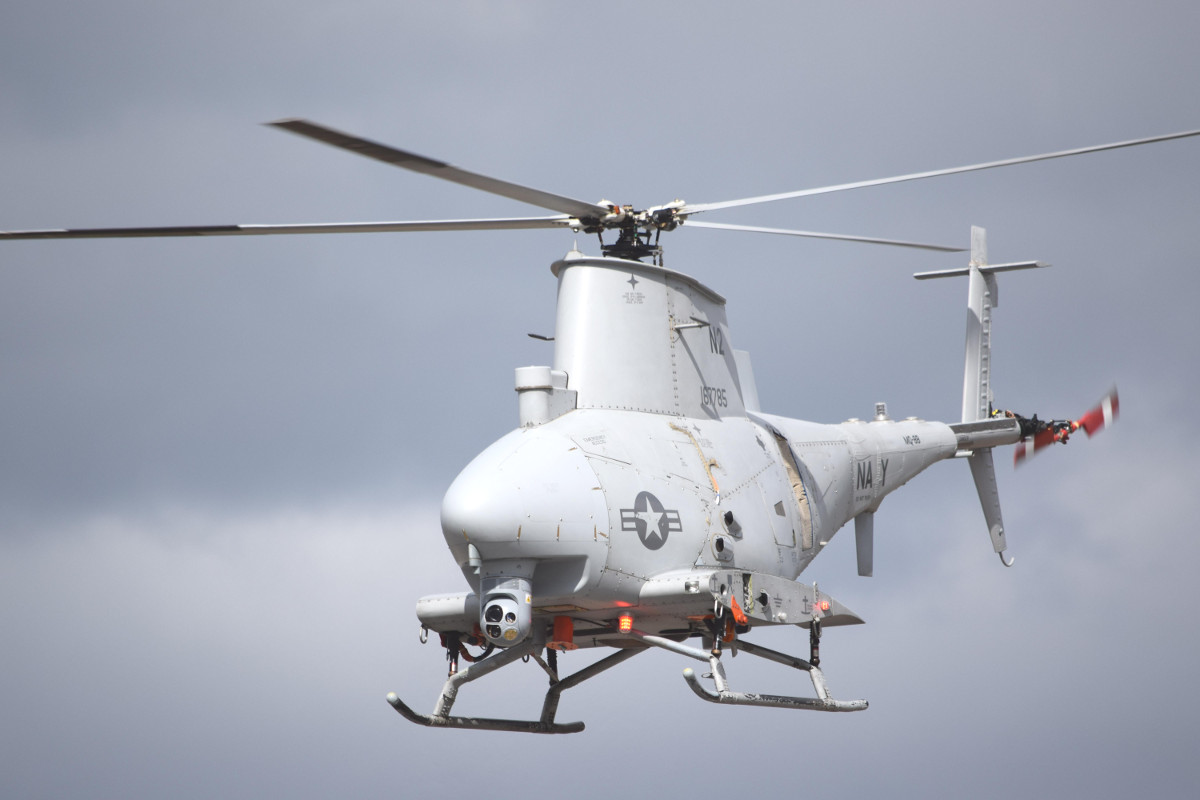
During 2014, the aircraft from Helicopter Anti-Submarine Squadron Light Six Zero’s Detachment Two, were officially flying missions in support of Operations Jukebox Lotus, Oaken Lotus, and Junction Serpent, yet another intelligence gathering effort in and around Libya. The goal of at least some of these flights was to help in “developing pattern of life for U.S. Africa Command’s number one target,” the history said. In 2016, U.S. Africa Command refused to confirm or deny whether this “target” was Khattala.
The Pentagon uses “patterns of life” to refer to intelligence collection activities to build up information about the routines of certain individuals or groups of individuals, to either help identify them or monitor their movements. With that information in hand, special operators can launch raids like the one to grab Al Imam when there is less of chance of them escaping or danger to nearby civilians.

Since at least 2016, though, terrorists and civilians in Libya have both posted pictures of mysterious de Havilland Canada DHC-7s flying over the country. These apparently contractor-operated aircraft were observed flying operations from Malta, which has served as a base for various foreign intelligence gathering flights over North Africa.
Spotters caught one of the DHC-7s flying over the Libyan city of Derna, just more than 150 miles northeast of Benghazi, in January 2017. By August 2017, the two known discreet “Dash-7” spy planes were in storage at the U.S. military’s main bone yard at Davis-Monthan Air Force Base in Arizona.
These aircraft appeared to some combination of wide-angle visual or infrared cameras, or a multi-optic wide-area aerial surveillance system. The latter can capture still imagery or record full motion video of large areas to track targets and help establish their routine movements, making them particularly useful for “pattern of life” type missions.
Plane spotters have also tracked smaller surveillance aircraft based on the ubiquitous Beechcraft King Air flying over various locations in North Africa from a secretive base on the Italian island of Pantelleria in the Mediterranean. In May 2016, CNN reported that these aircraft were supporting special operations forces in Libya aid that country’s government and militias aligned with it to fight ISIS elements in and around the city of Misrata.
However, at least one of the aircraft, with the U.S. civil aviation registration code N351DY had also been seen, via online flight tracking software, flying over Tunisia, suggesting it might have been conducting more targeted surveillance. Aerial surveillance and other intelligence gathering efforts have become increasing more essential to American counter-terrorism efforts around the world, something we at The War Zone have discussed in detail many times in the past.
“I am grateful to the FBI, our partners in the intelligence community and the Department of Defense who made this apprehension possible,” U.S. Attorney General Jeff Sessions said in his own statement regarding Al Imam. “The United States will continue to investigate and identify all those who were involved in the attack – and we will hold them accountable for their crimes.”
It’s very possible that American special operations forces, along with their intelligence and law enforcement partners, are already watching the next Benghazi attack suspect.
Contact the author: joe@thedrive.com
